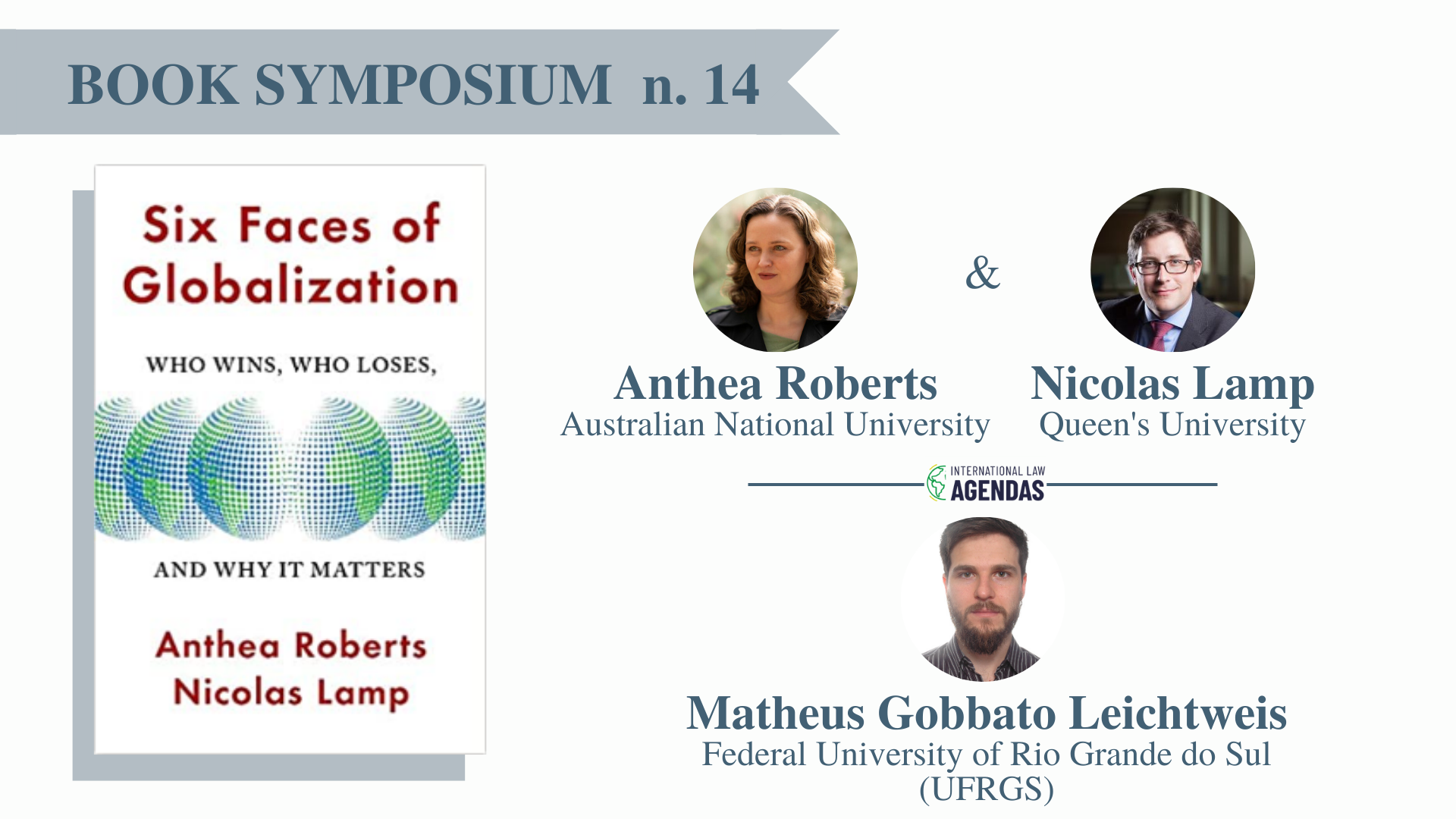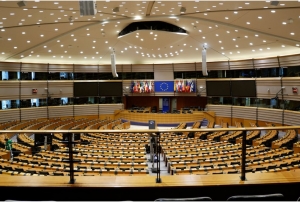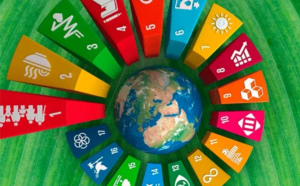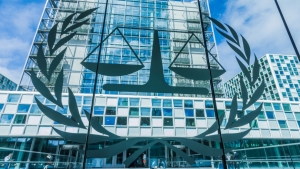In ‘Six faces of globalisation’ Anthea Roberts and Nicolas Lamp disentangle contemporary debates on economic globalisation and present a sophisticated overview of the multiple stories that dispute over its meaning, consequences, winners and losers. The authors identify and systematise narratives, providing a meta-framework and method that contribute greatly to the development of an integrative, plural and diverse comprehension of globalisation and its challenges.
This review engages with the book’s main findings to understand to what extent these narratives are found in accounts of globalisation in and from Brazil. After summarising the book’s main argument, I shed light on its blindspots, proposing a deeper engagement with the neocolonial narrative for a better grasp of the particularities of economic globalisation in Global South contexts. Finally, I address the nuances of the Brazilian case in order to show the limits of the book’s purchase due to its Western bias and incomplete engagement with alternative narratives.
An overview
Roberts and Lamp identify six main narratives on globalisation, and systematise them into a meta-framework represented by the Rubik’s cube, in which each face shows a distinct narrative. In an admirable move of self-criticism, the authors acknowledge the limits, Western bias, and blindspots of their six-faced model. In doing so, they turn to ‘a variety of additional narratives […] that reflect distinct historical experiences and contemporary realities from outside the West’ (p. 243). These are the ‘neocolonial’, the ‘Asian rise’, the ‘left behind’ and ‘anti-Western’ narratives. This description leads the authors to deconstruct the Rubik’s cube model and turn to another metaphor that would best capture the dynamism, complexity and unpredictability of globalisation: the kaleidoscope.
In sum, they offer two models: the Rubik’s cube ‘meta-framework for understanding Western debates about economic globalization’; and ‘a kaleidoscopic method for identifying […] disagreements, […] common themes and potential alliances, across various narratives’ (p. 19). This kaleidoscopic method is also illustrated by metaphors such as ‘dragonfly eyes’ (a better way of seeing complexity) and the fox-like approach, which favours interdisciplinarity against specialised, isolated, knowledge of ‘hedgehogs’. Finally, the book uses these models to analyse contentious debates and policy challenges concerning two central themes: pandemics and climate change. By employing the identified narratives to interpret these pressing issues, the authors show, in practice, the versatility and usefulness of the book’s metaphors, models and meta-frameworks.
Global South and the neocolonial face of globalisation
In chapter 12, the authors acknowledged the bias and blindspots of their six-faced model, raising doubts about the limits of its applicability in non-Western contexts. Roberts and Lamp thus called others to ‘[…] supplement and qualify [their] understanding of how various narratives from outside the West confirm, run counter to, or extend the six faces of globalization’ (p. 222). This contribution is a response to this call.
My first claim concerns the fact that, because of colonialism and its long-lasting consequences, Global South countries have experienced globalisation very differently from Western countries. The authors are conscious of this when they identify the ‘neocolonial narrative’, according to which ‘developed countries have used international law and international institutions to perpetuate the quasi-colonial domination of developing countries in the spheres of international trade, investment, and finance’ (p. 222). Pushing further, I argue that a more radical reading of this critique is necessary, since it would allow for an understanding of this neocolonial phenomenon far beyond these fields of international law where the authors rightly notice its manifestation. A more substantial engagement with postcolonial critique would allow the authors to see coloniality as a central and structuring element of international law, the global economy, and the world-system all along. From this perspective, the origins of globalisation could be traced back to ‘colonial encounters’, and the continuity of this domination could be felt in various (if not all) fields, dimensions and institutions of international law and political economy. Thus, a greater centrality should be given to the neocolonial narrative, since it may illuminate aspects and peculiarities of the other six narratives, especially when applied to Global South countries. The importance of this movement becomes clear in ‘the Climate Kaleidoscope’, when the authors themselves choose to approach the climate crisis and the sustainability narrative from a non-Western perspective first. Finally, I question whether this neocolonial narrative (as well as the other ‘alternative narratives’) should not be considered a face of globalisation itself. By relegating these ‘alternative narratives’ to the status of mere blindspots and biases (and not faces per se), the authors diminish the importance of these critiques to Western globalisation and, even if unintentionally, may end up reproducing the ‘Black-Swan’ bias, the Western universalism they try to avoid.
Brazil and the many faces of globalisation
Due to Brazil’s position as a post-colonial, Global South country, Roberts’ and Lamp’s narratives on globalisation can only partially be identified in its case. This session overviews the applicability of their model in Brazil, aiming for nuances and particularities in the way that Brazilian actors approach globalisation.
The establishment narrative seems to be the dominant one in Brazilian debates. From the 1990s onwards, the country has gone through a process of opening and economic liberalisation, which resulted in its insertion in the globalised economy, the human and social costs of which have been many. Growth (in GDP terms), increase in inequality, and the subordinate role of a national elite aligned with Western establishment interests stand out in this context.
As for left-wing populist narratives, these can be identified in the political projects of the Brazilian left, either of ‘national-developmentalist’ or ‘popular-democratic’ nature. Their proponents seek alternatives to redistribute wealth and income, implement basic reforms, and social and economic rights. Unlike the left-wing populists narratives in the global North, in the South these political forces often confront the interests of not only local elites (associated with international capital), but also imperialist interests of transnational elites and central countries themselves. Here I identify possible overlaps with versions of ‘corporate narratives’ and also dependency theories, mentioned by the authors as part of neocolonial narratives.

Brazil as presided by Jair Bolsonaro provides the best case for understanding the particularities of the right-wing populist narrative in a Global South country. The similarities between Bolsonaro and Trump are many: rejection of the political establishment, exaltation of traditional values, masculinity and virility, among others (see also the story linked in Figure 1, on threat to disregard or circumvent the outcome of elections).
Unlike Western right-wing populists, though, Bolsonaro’ nationalism is not really preoccupied with protection of jobs or specific industries. In practice, Bolsonaro is not a protectionist, as he favours the establishment’s narrative of economic openness, ‘embrac[ing] neoliberal economic orthodoxy’ (p. 221). His nationalism is thus not economic, but merely rhetorical, ideologically mobilised as a symbol to generate social cohesion, or when politically convenient (see his contention with Macron over fires in the Amazon Forest). While Bolsonaro’s nationalist discourse may be aggressive, in reality his policies reveal submission to the establishment narrative and economic interests of international capital. To illustrate this subservience, I mention a video from 2017 where Bolsonaro salutes the American flag, contradicting his own campaign slogan ‘Brazil above all’.
The geoeconomics narrative also plays out in very specific terms in Brazil. While, on the one hand, the country is under the political, cultural, and ideological influence of the West, today’s Brazil’s greatest commercial partner is China. Bolsonaro’s government was the stage for manifestations of this contradiction as members of the government reinforced aggressive anti-Communist and racist rhetoric against China, but, later, when pressed by economic interests (specially the agribusiness sector), the government had to tone down its rhetoric. Moreover, proponents of the left-wing narratives in Brazil are known for a more neutral stance towards US-China competition and tend to be more favourable towards South-South cooperation agreements such as the BRICS.
Finally, as for the global threats narratives, the treatment of the pandemic and of environmental issues by the current government demonstrates not only the complete disregard of right-wing populist narratives for these issues, but also that establishment and geoeconomics narratives are not prepared to deal with these challenges either. Proponents of left-wing and corporate narratives are indeed more concerned with environment and distributive justice questions, but my contention is that only by stressing the neocolonial narrative, that is, by focusing on decolonisation alongside distributive justice and the curbing of corporate power, can we really transform subjectivities towards care, resilience and sustainability for a better future where no one loses and no one is ‘left behind’.
In sum, ‘Six faces of globalization’ provides great tools to make sense of such a controversial phenomenon like globalisation. The creative use of metaphors for communicating complexity, the centrality of narratives, and the emphasis in understanding them as multiple are highlights of an innovative, post-positivist approach to the study of international legal-making, globalisation and its effects. However, to the extent that it focuses primarily on narratives as they appear in the West, the book seems to be mainly aimed at Western, Global North audiences. Although the authors acknowledge this limitation, the engagement with alternative narratives should be taken more seriously if the book’s framework and method are to be employed in Global South contexts. Even so, there is no doubt that the book serves as a useful starting point for a deeper conversation about the Western faces of globalisation and the enduring grip of neocolonialism. It is in this sense that I emphasise the need to centralise the ‘neocolonial narrative’ (considering its overlaps with left-wing, corporate and global threats narratives), as it seems to be the only one capable of reversing the march of capitalist development that threatens everyone’s existence, but especially of those most vulnerable in the Global South.





